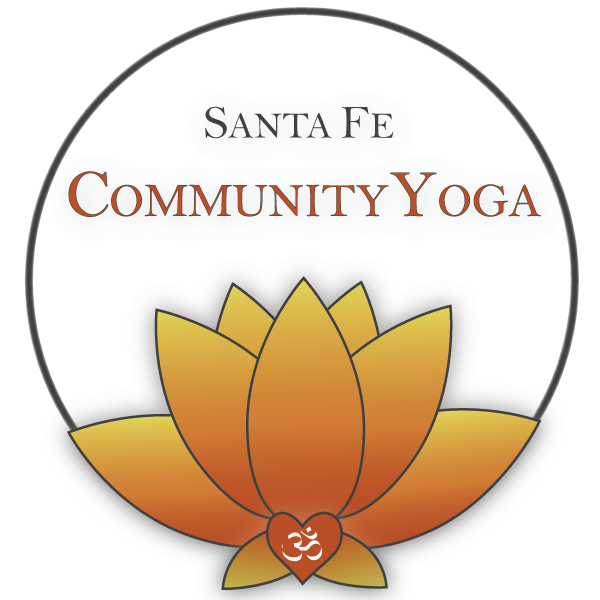Blog post by Eliza Skye
““So we grew together like to a double cherry, seeming parted, but yet an union in partition, two lovely berries molded on one stem.” ”
Pose of the Month: Matsyasana (Fish Pose)
Fish pose is a gentle back bend, very appropriate for beginning students, though it can be modified for more advanced practices. It is most commonly seen as a counter pose to shoulder stand (sarvangasana) or plough pose, as the throat is very open after intense compression. Be careful not to practice this pose if you have a migraine, neck injury or lower back injury. Fish pose opens up the lungs, ribs and bronchial tubes, so breathing is easier and deeper. The positioning of the shoulders and chest undo the poor posture that many of us obtain due to our forward reaching-dominant lives. Matsyasana strengthens the abdominal and back muscles, stimulates the thyroid gland, opens the heart and uplifts the mood. Some say that if you practice fish pose in the water, you can float like a fish!
Mudra of the Month: Kilakam Hasta (Love/Friendship)
All mudras (or hastas) are specific hand positions that are said to convey or encourage specific emotions or ideas. Kilakam Hasta is the mudra for love and friendship, used to show affection or any actions related to it. It is often used in Indian dancing, and in parts of North India, newly married brides are encouraged to dance when they first step into their new marital homes, taking this mudra, as it symbolizes the union of marriage. Kilakam Mudra can also bring about funny talks and uplifting conversations. It is practiced with the two little fingers interlocked, and hands can be in fists or any other mudra with the remaining fingers.
Visual Focus: Vesica Piscis
The Vesica Piscis ("bladder of a fish") is a shape of two circles with the same radius, intersecting in such a way that the center of each circle is on the perimeter of the other. The actual shape is the area where the two circles intersect, which is called a mandorla ("almond") in India. The circles represent female and male, and can be made with the traditional male/female symbols that we often use. In the earliest human traditions, the supreme being was represented by a sphere without a beginning or end, continually existing, perfectly formed and profoundly symmetrical. The addition of a second sphere represents the expansion of unity into the duality of male and female, god and goddess. By overlapping the two spheres, the god and goddess created a divine offspring. The Vesica Pisces (and its derivatives, including the Flower of Life) has a history of thousands of years and easily predates virtually all major religions of the current era.





